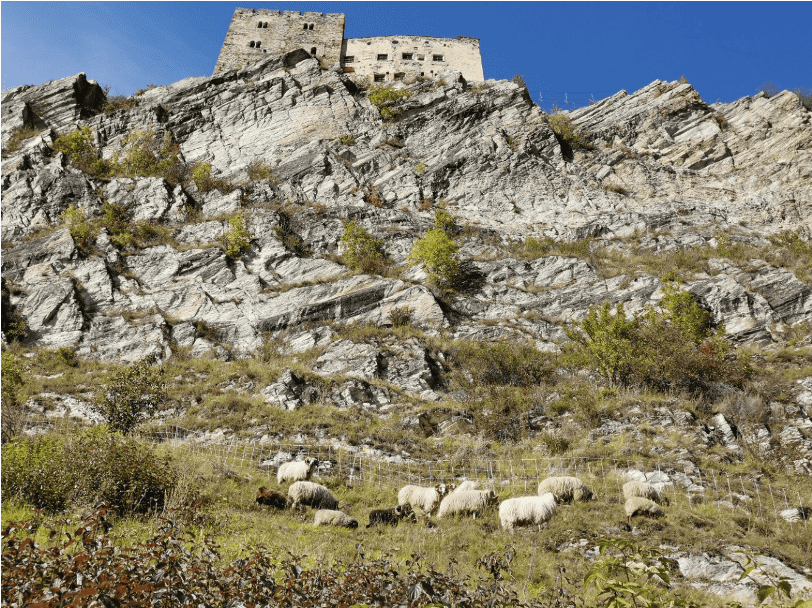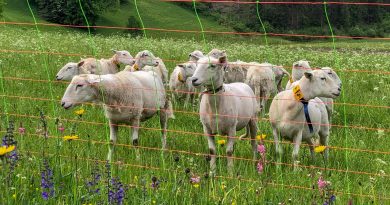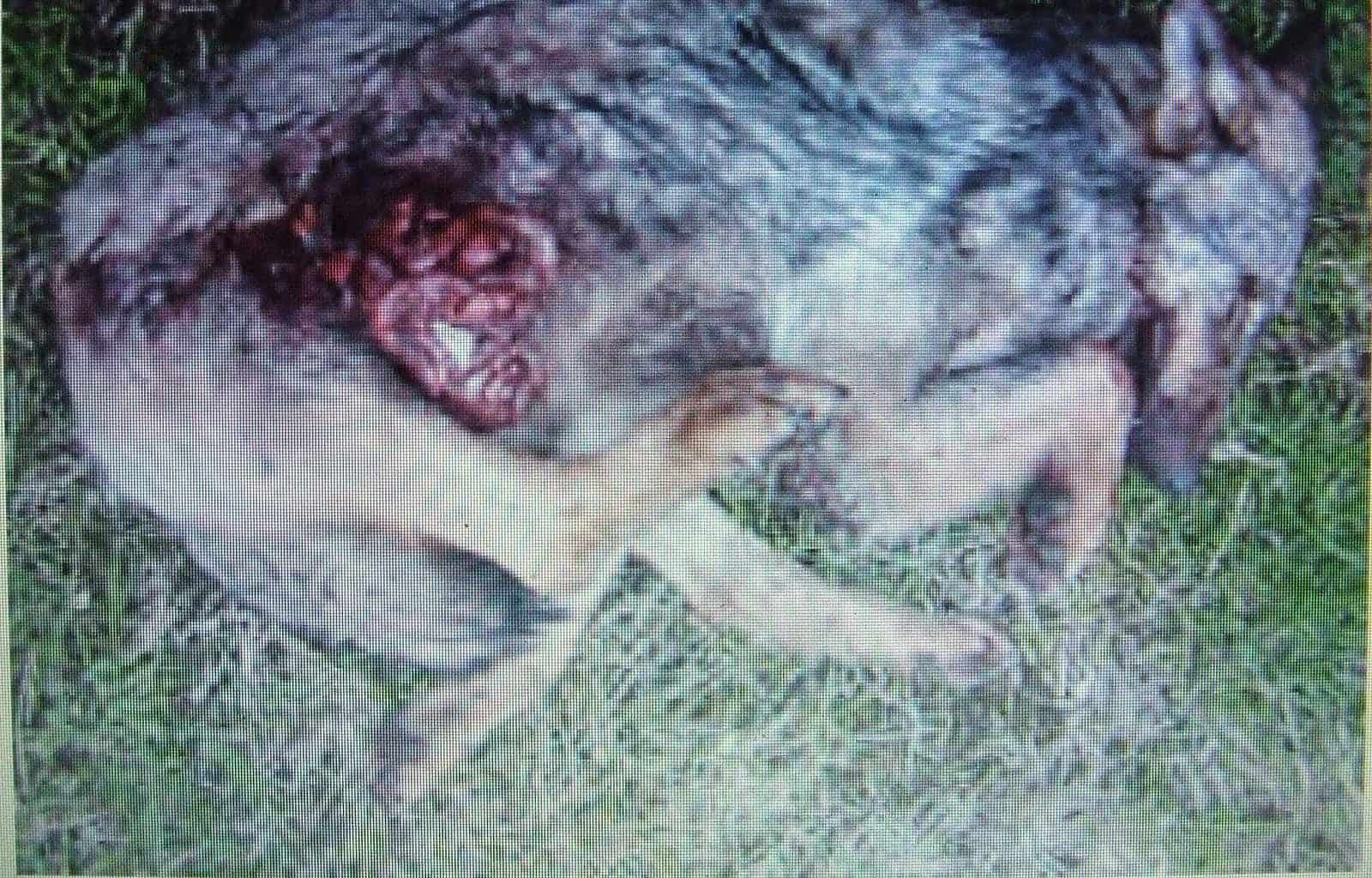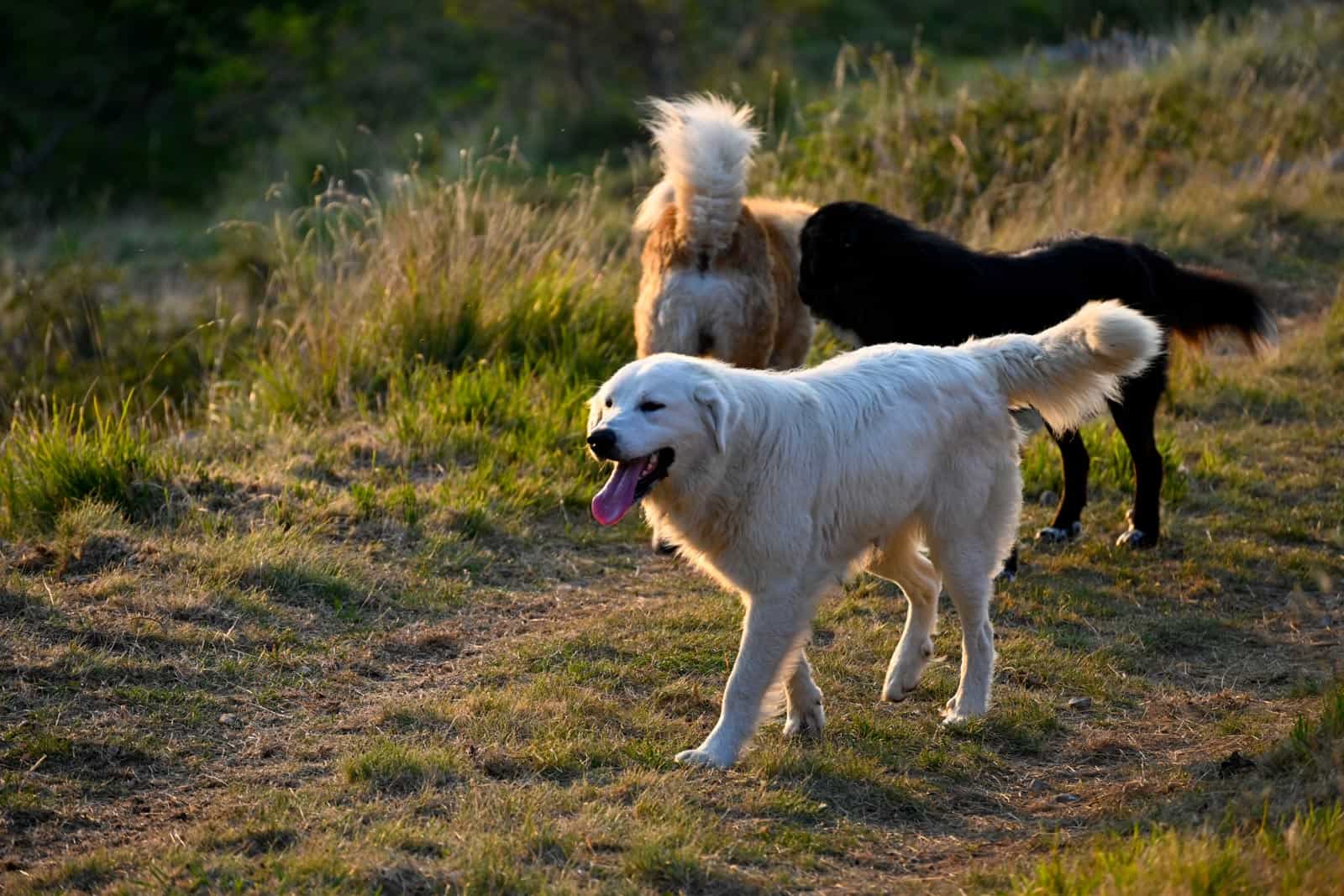Livestock Grazing’s Role In Preserving Apollo’s Habitat
By Vlado Vancura
Introduction
Domestic grazers, like livestock, might seem to be an unexpected ally for Apollo butterflies. Their role in creating a suitable habitat for this butterfly is fascinating. When the livestock graze, they systematically remove the emerging sprouts of trees and shrubs. That is their way how maintaining an open landscape. It is a process that helps to diversify meadows and preserves the open landscape that P. apollo thrive.
Native grazers
In the past, the role of creating suitable habitats, not only for Apollo butterflies but also for various other insects, was primarily fulfilled by native grazers like red deer, roe deer, wild goats, wild horses, European bison, or also the extinct auroch. These wild herbivores played a crucial part in shaping the landscape through their feeding behavior, preventing excessive growth of shrubs and trees. The unintentional impact of these grazers resulted in the removal of growing shrubs and young trees, maintaining open spaces. These open spaces allowed sunlight to reach the ground, establishing and sustaining the specific conditions vital for the life of Parnasius apollo. Simultaneously, this natural process diversified plant life, offering a variety of nectar sources for butterflies and host plants for their larvae.
Domestic grazers
Today, domestic animals such as cows, sheep, goats, and horses play a comparable function in habitat preservation to native grazers. The grazing actions of these domestic grazers help to create open spaces and allow sunlight to reach the ground. As a result, domestic grazers actively encourage the growth of a wide range of plant species that serve as nectar supplies for adult butterflies (imagines) and host plants for larvae. With careful management, domestic grazers can become collaborative partners in biodiversity conservation. This example vividly demonstrates how human actions, when coordinated with natural rhythms, can considerably benefit the well-being of P. apollo butteflies.


Grazing habits
Grazing behaviours varies among domestic grazers. Sheep carefully nibble close to the ground, resulting in properly groomed areas. As browsers, goats extend their reach to shrub leaves and twigs, causing vegetation to change structure. Cattle use a sweeping grazing motion to impact bigger areas. Each species makes a distinctive contribution to the shaping of environment. Understanding and applying the various grazing habits of numerous domestic grazers allows us to build a balance that closely matches natural processes and in which also Apollo butterflies can thrive.
Apollo’s Habitat: Vegetation Threat
Today, the thriving habitat of the Parnassius Apollo, encompassing alpine and subalpine grasslands, dry calcareous grasslands, and slopes in upland areas, faces a threat from uncontrolled vegetation overgrowth. The delicate balance crucial for supporting the unique flora essential to the butterfly’s life cycle depends on well-maintained open spaces. Ensuring stable Apollo populations necessitates a habitat that provides both food plants for the larvae and nectareous plants for the adults. Domestic pastures provide as a safeguard, preventing spontaneous overgrowth, which happens quickly when grazing is reduced or stopped. Strategic grazing management, particularly with the help of goats, proves effective in reducing the vegetation growth and protecting a vital environment for the Parnassius apollo.
Conclusion
This demonstrates how coordinated conservation efforts, particularly through effective domestic animal grazing management, can be realised. When faced with the difficulty of protecting important open spaces, incorporating grazing practices emerges as a viable solution to ensure Parnassius apollo’s existence. It provides a compelling model for harmonious interaction with the environment while preserving the captivating world of these butterflies.









